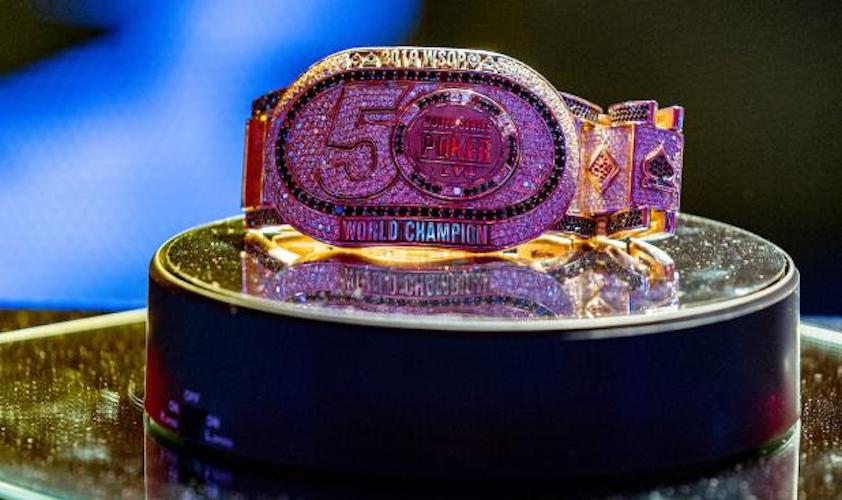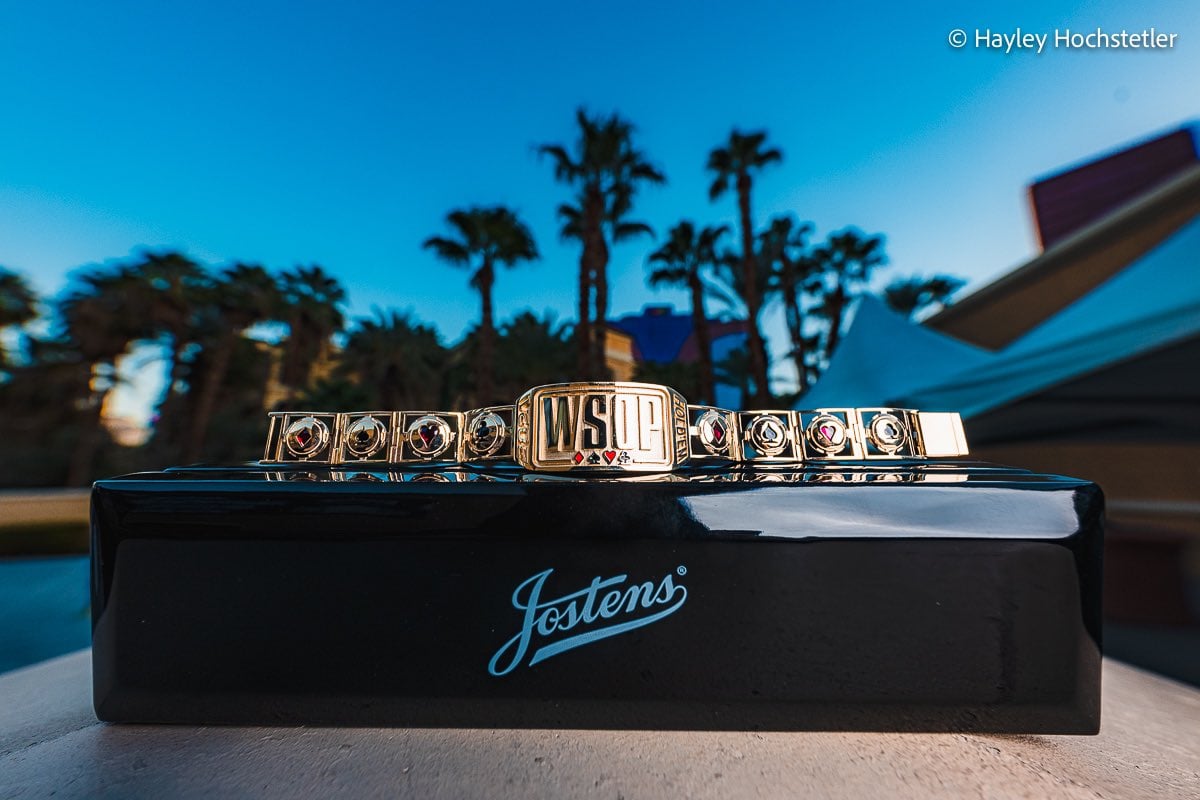WSOP Bracelets: The Ultimate Guide to Poker's Most Coveted Trophy

The Origin of WSOP Bracelets: From Plaques to Poker Icons
The World Series of Poker (WSOP) didn’t always feature the iconic bracelets that today symbolize poker greatness. When the tournament began in 1970, champions received cups and modest plaques-memorable, but hardly unique or prestigious. Everything changed in 1976 when Benny Binion, the visionary founder of WSOP, introduced the bracelet concept. This wearable trophy not only set the World Series apart but also allowed champions to visibly showcase their achievement at the tables. Players embraced the idea enthusiastically, and the bracelet has been an integral part of poker folklore ever since. In the early years, only a handful of bracelets were awarded; but as poker’s popularity exploded, the number of bracelet events steadily increased.
Understanding the Value of a WSOP Bracelet
Assigning a price to a WSOP bracelet can be tricky, as their worth extends beyond mere materials-they are steeped in prestige and history. The inaugural 1976 bracelet, estimated to be worth $500 at the time, was a considerable prize (even more valuable when adjusted for inflation). Modern bracelets issued for most events typically contain gold and may be valued around $1,500 based solely on material costs. However, the Main Event bracelets stand in a class of their own: each year, these prestigious pieces grow more ornate, featuring gold and an array of precious gems. Some have been valued at several hundred thousand dollars thanks to their luxurious craftsmanship and the significance attached to the Main Event title. Yet, the true value for most players is the legacy and accomplishment the bracelet represents.
WSOP Bracelets in the Market: Can You Buy One?

While most players treasure their WSOP bracelets, some have surfaced in auctions and private sales, highlighting both the collectability and emotional differences players have regarding these trophies. The selling price often has little to do with gold or gems and everything to do with the bracelet’s story and the poker icon attached to it:
- In 2019, a $2,500 Limit Omaha event bracelet sold on eBay for $50,000.
- Jamie Gold’s 2006 Main Event bracelet, from the largest field in WSOP history, was auctioned for over $65,000-despite Gold’s claim he had no part in its sale.
- Peter Eastgate’s Main Event bracelet famously raised $147,500 for UNICEF in 2010.
- Not every bracelet nets a five-figure sum; TJ Cloutier’s 2005 Hold’em bracelet sold for just $2,500.
With more bracelet events each year and the 2020 series transitioning entirely online, there’s an increased chance of these collectibles appearing on secondary markets. Prices vary widely, and, as online discussions reveal, their “market value” is purely in the eye of the beholder.
Crafting the Trophy: Who Designs and Makes WSOP Bracelets?
WSOP bracelets have grown more elaborate with time, especially those for the Main Event and special tournaments. The job of crafting these unique prizes has fallen to several expert jewelers throughout WSOP history, each adding their own spin. In recent years, Jostens-a company well-known for high-end trophies and jewelry-has taken center stage as the designer of choice.
A standout example is the 2019 Main Event bracelet, created by Jostens to commemorate WSOP’s 50th anniversary:

This exceptional bracelet featured 10K gold, 77 rubies, and a staggering 2,175 diamonds-totaling 2,252 gemstones and weighing in at 40 carats. Poker champion Hossein Ensan claimed this treasure along with the $10 million first prize. Beyond precious materials and intricate design, every bracelet is a one-of-a-kind piece, crafted to reflect victory on poker’s grandest stage.
The Future of WSOP Bracelets: Tradition Meets Transformation
For nearly half a century, the WSOP bracelet has been synonymous with poker excellence. Despite the tournament’s evolution into more events each year-including online-only competitions-there’s little sign this tradition will fade any time soon.

Still, some in the poker community question whether increasing the number of bracelet events and lowering buy-ins dilutes the bracelet’s prestige. With more winners every year-including those who claim their trophy from home-the argument goes that these trophies could lose their exclusivity. On the flip side, this broader access may open the poker world to new talent, encouraging more players to pursue their own WSOP dreams.
WSOP Rings vs. Bracelets: What’s the Difference?
The term ‘WSOP bracelet’ is famous in the poker world, but many have also heard about “WSOP rings.” The difference comes down to the series: rings are the top prize in the WSOP Circuit (WSOPC)-an offshoot of the main tournament series featuring lower buy-ins and events held throughout the U.S. and internationally. The Circuit is less prestigious than the flagship WSOP, but earning a ring at these tough competitions is still a significant accomplishment. While some assume bracelets and rings are awarded for the same achievements, in reality, they represent victories in entirely different tournaments under the WSOP umbrella.
Beyond Price: The Meaning of a WSOP Bracelet
Attempting to assign a universal price to a WSOP bracelet misses the point-sentiment, history, and prestige all factor into its value. For some players, these trophies encapsulate years of dedication, skill, and a career-defining moment. For others, they’re simply a valuable collectible or even just “a fancy piece of jewelry.” In the end, the true value of a WSOP bracelet depends on individual perspective and the significance each owner places on their achievement.
Lead image: Hayley Hochstetler via Twitter/WSOP













